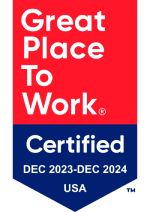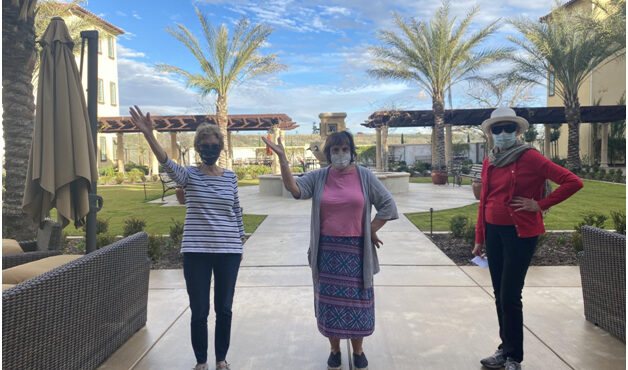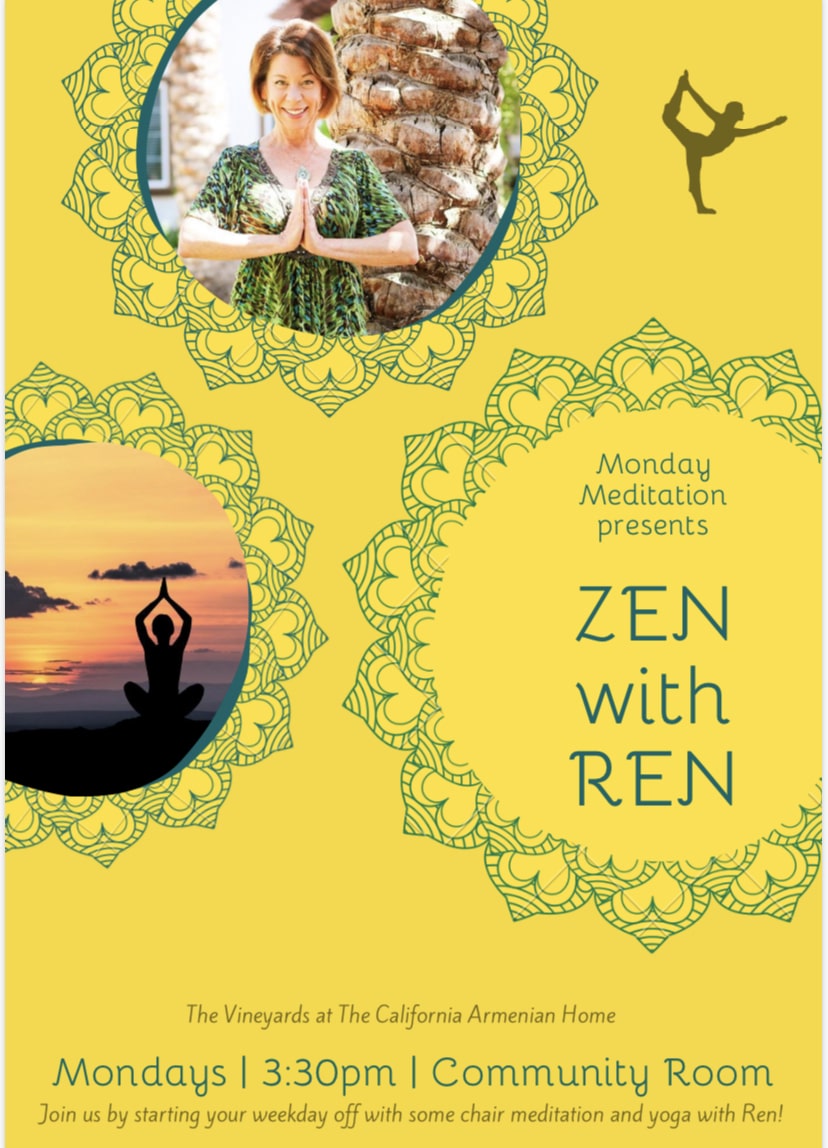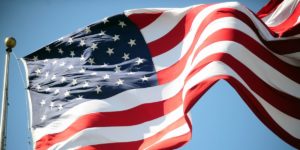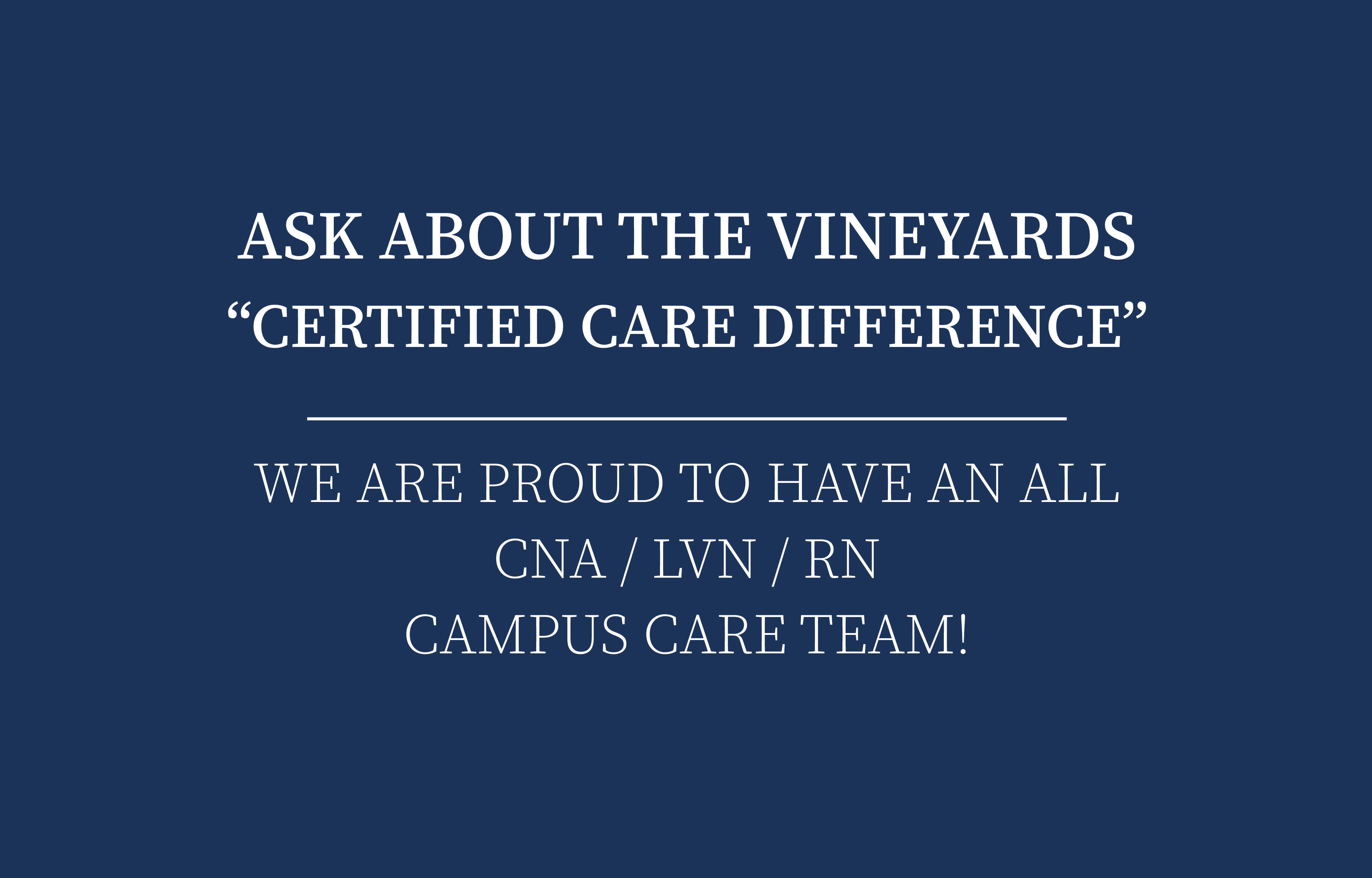




Embed This Image On Your Site (copy code below):
When you hear the phrase “Senior Living” what do you imagine?
A. A resort-like lifestyle for folks who are 60 and older
B. An elegant cruise ship on land
C. A solution for the weary family caregiver
D. A respite for the lonely widowed
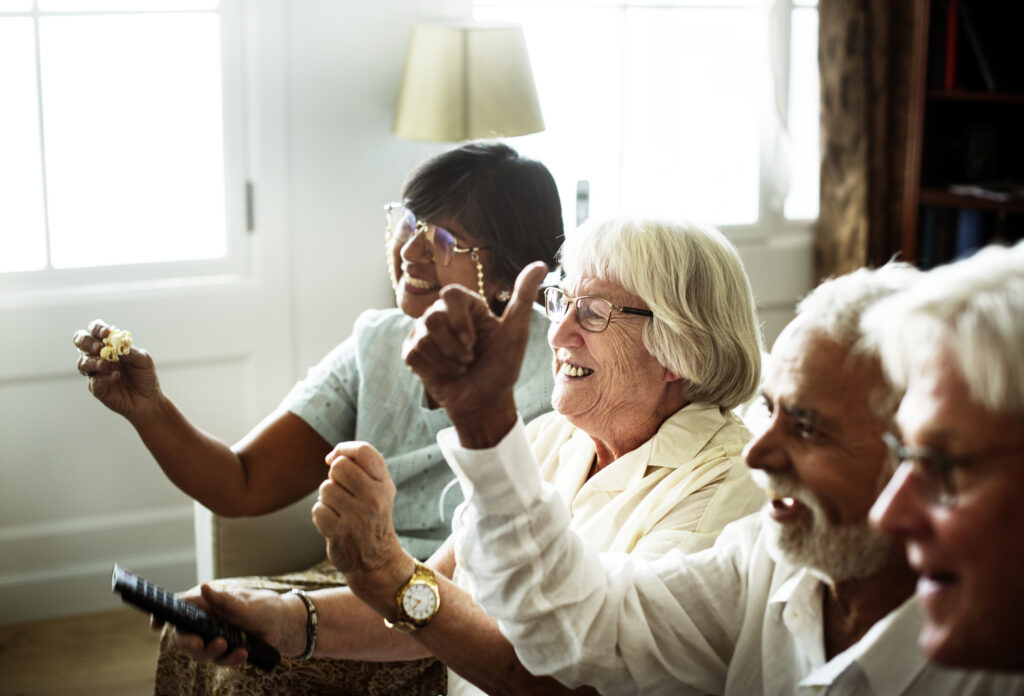
Senior Living is all of that and so much more. Especially in the past year as the senior living industry has navigated new challenges. Senior Living has continued to offer a sense of community for residents. This includes but is not limited to peer-to-peer friendships, healthy meals, and multi-generational activities, and social engagement. For many seniors and their adult children, isolation has become an all-too-common problem. Can you imagine how comforting it is to just walk outside the front door of your apartment and safely visit with neighbors?
The culture of each senior living community is unique. Just like each one of the seniors who reside inside.
10 Questions You Should Ask When Looking For A Senior Living Residence

There are a considerable amount of senior living residences in Fresno to choose from. That’s why it’s important to know what type of questions we should ask when looking for the right one. And that goes for them and ourselves.
Let us share with you a list of the most important questions we think you should ask, before deciding on a senior living residence.
#1 What Do All These Levels Of Care Mean?

The Senior Living Industry has its alphabet soup of acronyms. And when you are starting to look around they may seem confusing. Here’s a little list of the most common.
● IL: Independent Living (The person can perform all activities of daily living on their own)
● AL: Assisted Living (Assistance with medication management, grooming, dressing, bathing, hygiene, or transferring is needed)
● MC: Memory Care (A Dementia diagnosis needs specific programs of support)
● SNF: Skilled Nursing Facility (Typically needed following a hospital stay)
● Rehab: Short term Rehabilitation, physical and occupational therapy
● RCFE: Residential Care Facility for the Elderly
● CCRC: Continuing Care Retirement Community
In the Fresno area, there are dozens of senior living options to choose from. Some are 100% Independent Living communities. Some are 100% Memory Care Facilities. Many others have a mix of two levels of care.
For instance, The Vineyards California Armenian Home offers the full continuum of care including Independent Living Villas and apartments, Assisted Living apartments, dedicated Memory Care, and an onsite skilled nursing facility with short term physical and occupational therapy. As with any housing decision you will want to consider your budget and your lifestyle. What senior community has the values, experience, and solutions for your circumstance?
#2 How Many Communities Should I Tour?

During most of the quarantine season, onsite tours were not available. As we move into 2021 tours are available thru Face time, Google Duo, Zoom, and in some cases back to in-person tours. Keeping residents safe is the priority.
You can learn a lot with a virtual visit! Remember, it is not just about the real estate part, it is about the programs inside.
There are 6-Bed homes that are often run by families with a more casual environment and simpler amenities. There are mid-size and larger communities that can offer an array of services and amenities as they have more residents, staff, and resources. Each senior living community will have its management style and culture.
Tour as many as you can until you find the one that feels like home. The final desired outcome is being comfortable, safe, and happy in a new home, with support, friends, and peace of mind.
#3 How Do We Know What Level Of Care Is Appropriate?

The Physicians Report 602A form is a reporting tool that a potential resident’s primary physician completes. It includes clinical information that helps to direct the senior living professionals as they perform their assessment. This form is available online and is accepted by all California Residential Care Facilities for the Elderly.
The information provides a snapshot of the individual’s physical health. This includes primary and secondary diagnoses. It also let us know if they have the ability to perform their activities of daily living, and what assistance they may need.
Once the 602A is reviewed by the facility’s director of care, an in-person assessment is performed. And of course, once a person moves into a senior living community the staff continues to become more familiar with the unique personality and ever-evolving needs of each resident. The goal is to keep residents as independent as possible for as long as possible. The plan of care is going to be tailored for each resident’s needs.
#4 What About Technology?

The Senior Living industry continues to adapt and change. Even though the technology is a positive disruptor, it cannot replace the community and person-to-person connection.
However, the tools that are being developed will enhance care and aging with dignity. Tech can help us preventing falls, and improving the quality of life. It can help both the resident and the staff.
The foundation and core of the industry are helping the senior accomplish security, certainty, and predictability.
There are many advances in technology that address cognitive needs. As we remove the fear of aging, we can all move forward together.
By continuing to have purpose and engagement, residents in senior living communities enjoy a higher level of daily satisfaction. This can include online courses, walkie-talkie Bingo, virtual concerts, and screen led exercise classes.
#5 What Kind Of People Choose To Work In Senior Living?

More professionals are choosing to work in the senior living industry, bringing with them dynamic ideas. This business requires empathy and strategic planning. The industry meets the needs of a growing population. We mentor staff to be leaders and the residents teach the younger generations.
When you consider the number of Senior Living communities that exist, you can only imagine the number of staff that are employed throughout the departments. When initially investigating senior living options you will meet with the community marketing team. Typically, these individuals will have had experience in some type of sales as they need to be fluent in storytelling. They truly enjoy being able to capture the magic of senior living and share it with you.
I never get tired of watching the same scenario: A senior moving in, who is scared and not too happy about the reality of getting older… And then seeing that same person bloom as they enjoy peer to peer friendships and thrive even more as each month passes. It is always amazing!
Figuring out what you do not know can be difficult. A Senior Living Advisor is trustworthy. Ask questions. Get answers.
There are staff members who work in the dining room and transition to caregivers and vice versa. The common denominator is that people who work in senior living understand that we are ladies and gentlemen taking care of ladies and gentlemen. With delicious food, fun activities, safe transportation, housekeeping, and kindness.
#6 Who Do I Talk To If There Is A Problem Once I Move In?

Most problems can be easily solved. This is the case in 99% of situations and industries. It is the same in senior living. Communication is key. From honey do’s for maintenance to care concerns, address your questions to the appropriate department manager or directly to the Administrator. If a satisfactory solution is not presented, there is also the Ombudsman program.
The website can be viewed on the Ombudsman page
Here is an overview of what they offer residents and their families.

#7 What If I Do Not Want To Drive Anymore?
You do not have to drive to continue enjoying your independence. Transportation is included in lifestyle options. Typically, the transportation is included in the monthly rent for doctor’s visits and personal appointments with weekly adventures and shopping included as well. All this is subject to the varying safety precautions of the county and state.

The great news is that you do not have to drive to do more of what you want to do! At The Vineyards California Armenian Home, our residents have so many choices each day. Get up early and have coffee with a neighbor at The Harvest Cafe? Sleep in and order room service? Enjoy a good book from the Grape Leaf book Nook library? Talk a walk around the gorgeous park? Throw a load of delicates in their very own washing machine?
Relax in the central courtyard under the palm trees. Stay cozy in the Fireside Room and watch a favorite soap opera. Plan a girl’s night out in the 3rd-floor bistro. Review the day’s event calendar and decide how busy or relaxed one wants to be.
#8 Who Pays For Senior Living?

Senior Living is primarily private pay. Senior Living communities may also work with Long Term Care Insurance for Assisted Living and Memory Care.
There is also an Air and Attendance program available for Veterans.
Am I eligible for VA Aid and Attendance or Housebound benefits as a Veteran or survivor?
Va Aid And Attendance Eligibility
Am I eligible for Veterans Pension benefits?
You may be eligible for the Veterans Pension program if you meet the requirements listed below.
Both of these must be true:
● You did not receive a dishonorable discharge, and
● Your yearly family income and net worth meet certain limits set by Congress. Your net worth includes all personal property you own (except your house, your car, and most home furnishings), minus any debt you owe. Your net worth includes the net worth of your spouse.
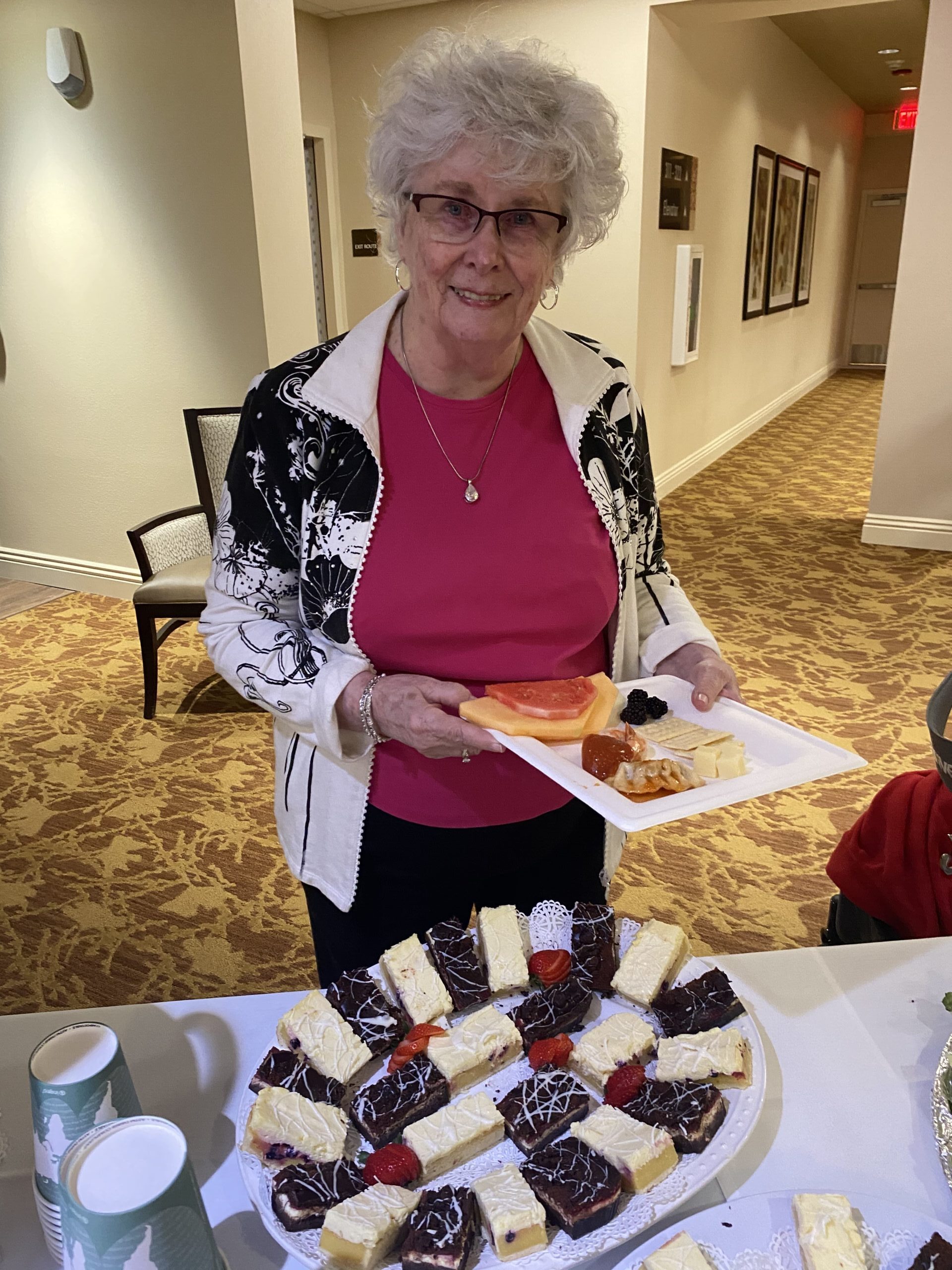
Find out about Veterans Pension rates. And at least one of these must be true about your service. You:
● Started on active duty before September 8, 1980, and you served at least 90 days on active duty with at least 1 day during wartime, or
● Started on active duty as an enlisted person after September 7, 1980, and served at least 24 months or the full period for which you were called or ordered to active duty (with some exceptions) with at least 1 day during wartime, or
● Were an officer and started on active duty after October 16, 1981, and you had not previously served on active duty for at least 24 months.
And at least one of these must be true. You:
● Are at least 65 years old, or
● Have a permanent and total disability, or
● Are a patient in a nursing home for long-term care because of a disability, or
● Are getting Social Security Disability Insurance or Supplemental Security Income
You may be eligible for this benefit if you get a VA pension and you meet at least one of the requirements listed below.
At least one of these must be true:
● You need another person to help you perform daily activities, like bathing, feeding, and dressing
● You must stay in bed—or spend a large portion of the day in bed—because of illness
● You are a patient in a nursing home due to the loss of mental or physical abilities related to a disability
● Your eyesight is limited (even with glasses or contact lenses you have only 5/200 or less in both eyes or concentric contraction of the visual field to 5 degrees or less
#9 Are They Going To Keep My Parents Safe?
Seniors are an especially vulnerable group when it comes to safety and health concerns. In recent surveys as noted on the seniorlifestyle.com blog, 91% of adult children with a parent in a retirement community were pleased with their parent’s safety and physical security.

● Elderly robbery victims are 53% more likely to be victimized in their own homes than younger victims. Among retirement community residents, 93% reported that they felt there was a safety net in place for them if something went wrong vs 60% of seniors living alone reported they were not prepared for an emergency.
● Seniors who engage in social programming are 26% less likely to develop dementia than those who live alone and seniors who live alone have a 59% higher risk of physical decline.
● In senior living community-dwelling adults, fall prevention programming led to a decrease in fall rates of 25%-40%. Whereas one in three seniors that live in private homes experience a serious fall each year.
● In a survey of seniors in senior living communities, 77% of participants say they eat healthier as a result of nutritional programming. Nearly one in six seniors struggle to feed themselves, drastically raising the risk of heart disease, asthma, and depression.
● In a study of 4000 seniors, 40% reported their sense of community as the most important contributor to their quality of life. Seniors living in isolation have up to a 90% increased risk of cardiovascular disease.
There are many safety variables to consider. Senior Living communities have notable advantages over living at home alone with a caregiver.
#10 When Do I Know I Am Ready?

We have a set of three questions that can help you decide:
● Are you (or your senior loved one) living a lifestyle that is healthy physically, emotionally, and socially?
● Do you and your spouse enjoy shopping and cooking delicious and nutritionally balanced meals?
● Do you enjoy doing laundry and changing your sheets? Do you enjoy cleaning your home and pulling weeds in the garden?
Are you answering no?
Perhaps it is time to start asking deeper questions.
● Is your house an asset or a burden?
● Do you only live in a couple of rooms in a large home?
● Have there been growing concerns about health issues?
● Are you lonely?
● Do you want to have more time to enjoy your interests and let go of some of the mundane household duties?
● Are there memory issues?
● Are you ready to relax and enjoy peace of mind?
Remember there are different chapters in life, and all of them bring new joys and learnings. Are you ready to begin a new one of personal freedom and support?
Conclusion
We hope you find the perfect place for you or your beloved one. Remember there are organizations and institutions ready to help. You are not alone.
Now it’s time for you to be proactive! This is about your health, your safety, and even your life. What other questions would you suggest to add to the list?
Let us know in the comments!

